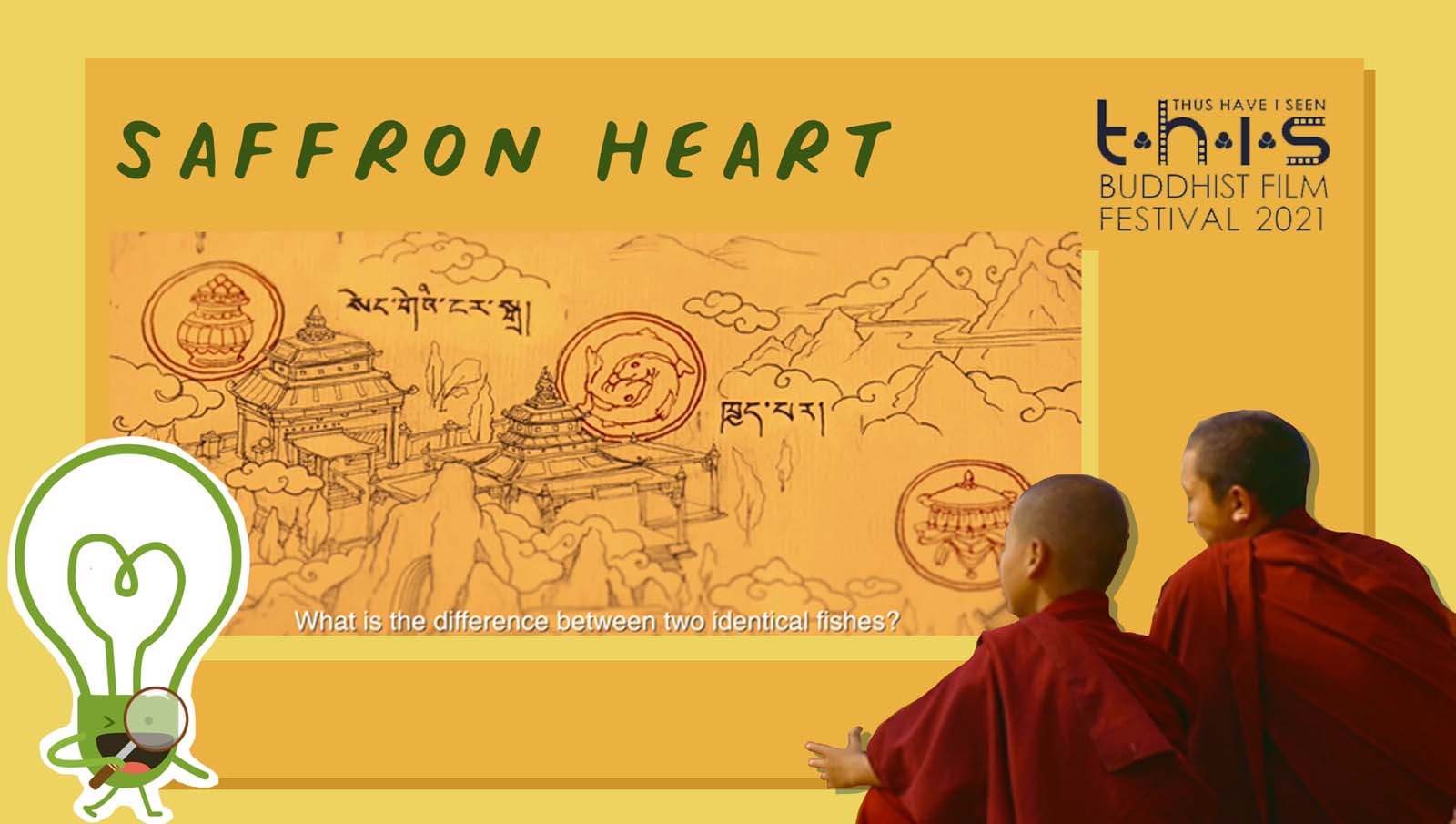Buddhist Film Reviews is a partnership series between HOL & THIS Buddhist Film Festival 2021 (25 Sept – 8 Oct’21). Themed “Open your mind”, THISBFF 2021 features 15 thought-provoking documentaries and feature films from 12 countries.
TLDR: A young monk is tasked to solve a series of puzzles in order to return home, but discovers something else in the process.
The definition of ‘home’ changes throughout one’s life. Whether we consider it synonymous to the place, people, or just a sense of safety and security, ‘home’ may be where the heart is – but even the most permanent residences are inevitably transitory in nature.
It is a lesson young Lobsang learns as he is sent to a Buddhist monastery at the tender age of ten. Uprooted from home and thrust into an unfamiliar environment, he quickly finds himself missing his home and his parents, and that yearning turns into several failed attempts at escaping the monastery.
In response, his compassionate teacher draws him a map-quest consisting of a series of eight puzzles that upon solving would allow Lobsang to return home.
“Why do deers need an umbrella?”
“How do you hide a lion’s roar in a pot?”
“What is the difference between two identical fishes?”
Crafted in relation to the Eight Auspicious Signs in Tibetan Buddhism, each puzzle guides Lobsang towards a piece of Buddhist wisdom, with the young monk’s curiosity soon taking him around the monastery and out. Experimenting with meditation. Scouring dense forests and packed libraries. Even having a brush with the supernatural. Lobsang’s adventure is laced with philosophical questions on suffering and attachment, yet because of its colourful analogies, the lessons he takes away are accessible and creative takes on the Buddha’s teachings.
Filled with inquisitive questions on every encounter, Lobsang ensures that the audience tags closely along when it comes to learning and growth.
The film takes place in Drepung Gomang Monastery in Mundgod, India, where 2000 monks currently reside. Giving us a glimpse into the everyday lives of Tibetan monks living in India, from hours of chanting and reading, to the unorthodox practice of Buddhist debate in Tibetan Buddhism, life as a monk centred heavily on education for these young men, covering not just academic texts but also philosophical discourses on logic and conceptualisation.
Yet, practice for them also extends into laborious tasks like washing robes and kneading dough, dispelling any myths about how easy monkhood might be for Lobsang and any unknowing viewer.
After all, renunciation for them was not meant to be an escape from the monotony of life, but to study life itself so they can share their knowledge and wisdom with others.
Beyond the Buddhist lessons, Saffron Heart is at heart also a story of friendship.
Throughout the 90-minute film, we see a blossoming relationship between Lobsang and his senior novice monk Tashi, who was assigned to guide him along. Though the exposition in dialogue was at times lengthy, Lobsang and Tashi’s natural chemistry made them an endearing pair to watch and root for on their individual journeys of growth.
While the song choices for some scenes felt out of place at times, the cinematography was stellar throughout the film. Capturing Mundgod’s scenic mountainous landscapes and Drepung Gomang’s intricate architecture, any frame in Saffron Heart would not be out of place as a still.
Despite Lobsang’s initial feelings of entrapment and longing for home, the mise-en-scene of scenes in the movie conveys a sense of spaciousness throughout the film. Living a completely different life in our concrete jungle here in Singapore, it made me wonder about the parallels between freedom, our environment and the states of mind.
The debut feature film of filmmaker and music composer Paul McLay, Saffron Heart comes from simple motivations: a desire to help and to inspire. Channelling all proceeds from the film towards Tibetan refugees living in a conservation area in South India, the effort to raise funds for the displaced parallels the film’s central narrative of finding wisdom amidst adversity and change.
Framed in a way that is suitable for all ages – from kids curious about Buddhism, to adults looking for a heart-warming tale – Saffron Heart serves as a reminder that as we go about our personal journeys, it’s not the destination but the process that serves as our biggest takeaway.


